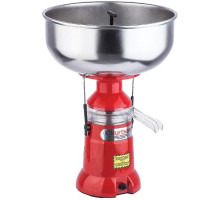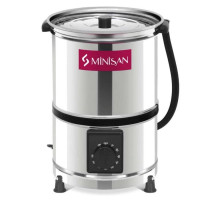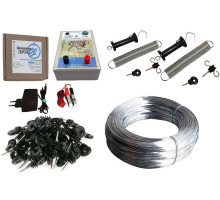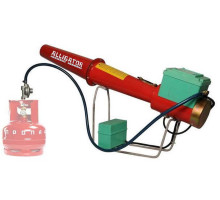What is precision agriculture?
Precision farming is a modern approach to agricultural production management based on the use of data, technology, and automated systems. The main goal of precision farming is to increase yields and reduce costs through optimal use of resources.
Advantages of precision farming
1. Resource saving
The use of precision agriculture allows for rational use of:
Water
Fertilizers
Seed material
Fuel
2. Increasing yield
Thanks to an individual approach to each section of the field, you can:
Determine optimal conditions for plant growth
Identify problem areas and promptly eliminate them
Optimize sowing and harvesting times
3. Reducing negative environmental impact
The use of precision farming technologies contributes to:
Reducing the use of chemicals
Rational distribution of fertilizers
Reducing CO₂ emissions
4. Process automation
Modern technologies allow you to automate:
Monitoring the condition of soil and plants
Spraying and fertilizing
Control over machinery and equipment
Basic technologies of precision agriculture
GPS navigation and satellite monitoring
Allow:
Create accurate field maps
Control the movement of equipment
Identify zones with different yields
Drones and sensors
Used for:
Aerial photography of fields
Plant condition analysis
Determining soil moisture level
Automated control systems
Modern systems include:
Autopilots for agricultural machinery
Humidity control sensors
Agronomic data analysis programs
How to implement precision agriculture
1. Analysis of the current state of the economy
Before use, you must:
Assess soil quality
Identify problem areas
Analyze costs and yields
2. Selection of technologies and equipment
It is important to consider:
Area of cultivated land
Available financial resources
Specificity of the crops grown
3. Staff training
To effectively use technology, you need to:
Train mechanics to use GPS navigation
Introduce agronomists to data analysis programs
Train drone and sensor operators
4. Continuous monitoring and adjustment
After implementation, it is important to regularly:
Analyze the received data
Make adjustments to the strategy
Improve working methods
Conclusion
Precision agriculture is a promising direction that allows to increase the efficiency of agricultural production, reduce costs and minimize the harmful impact on the environment. The introduction of modern technologies helps farmers to obtain stable and high yields, adapting to changing market conditions and climate.
0 reviews / Write a review







